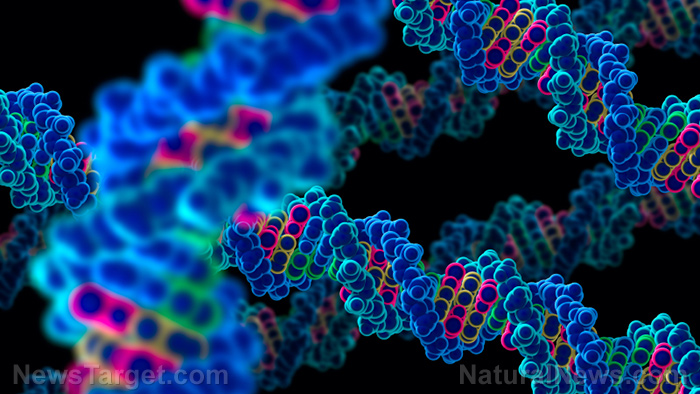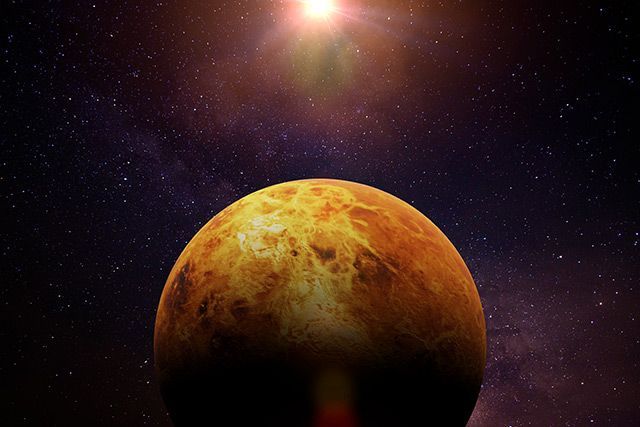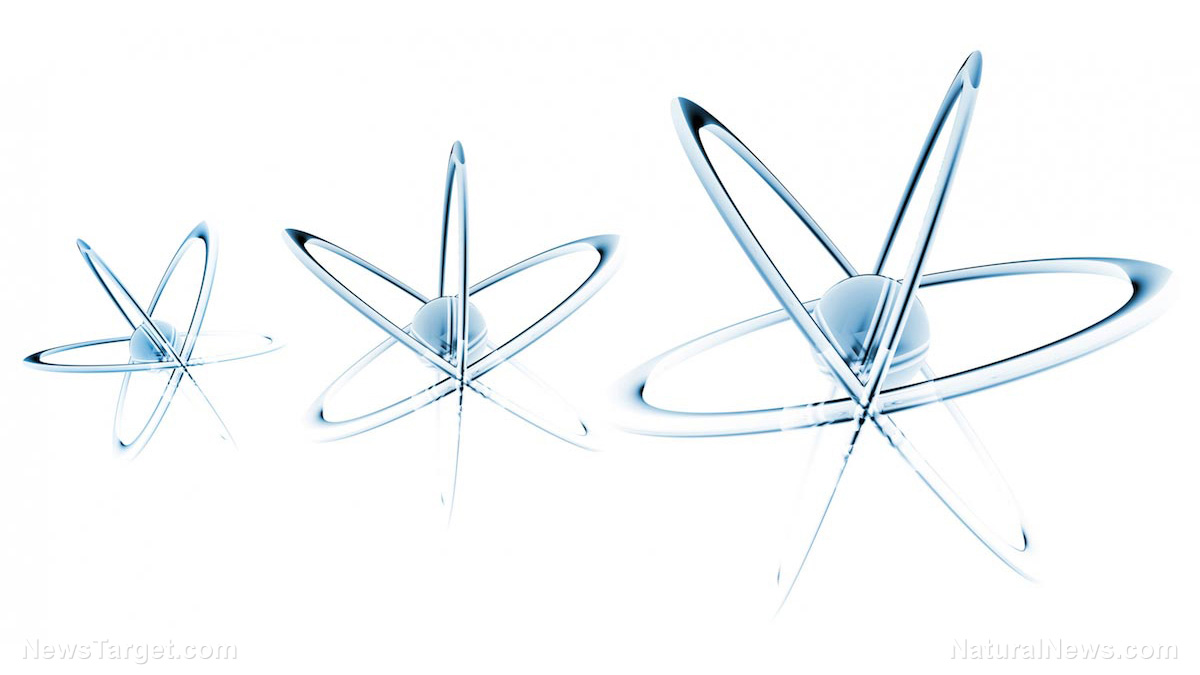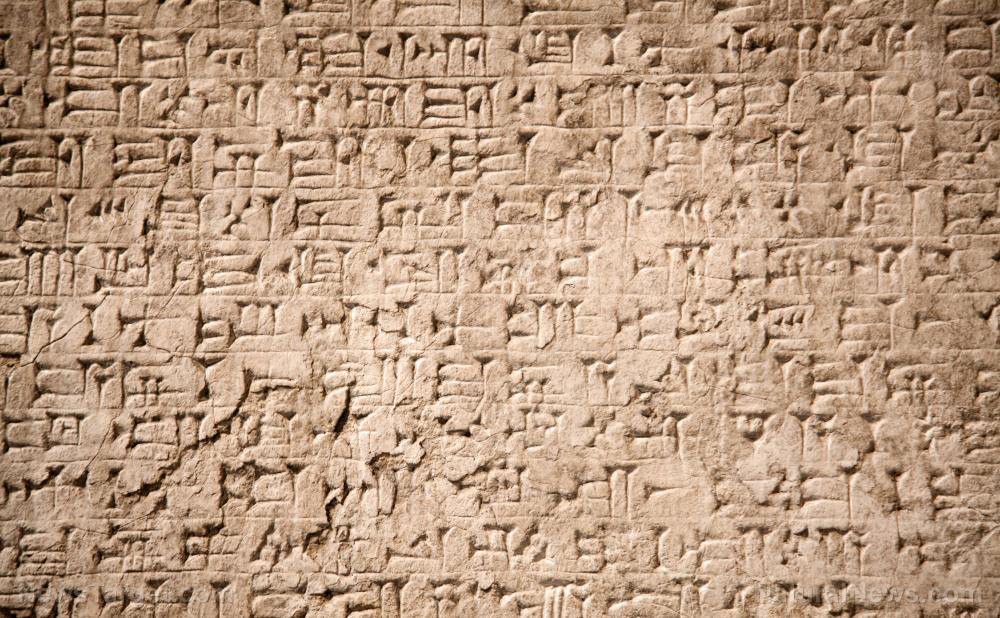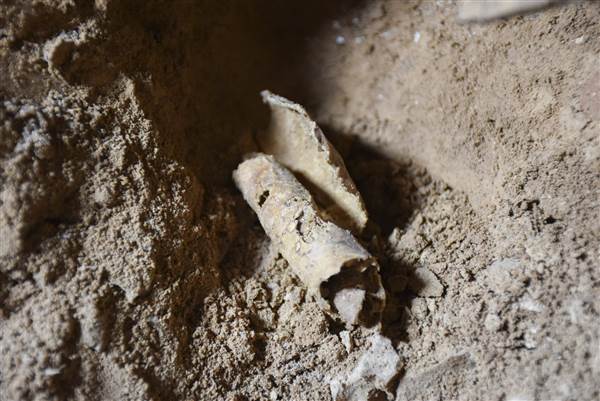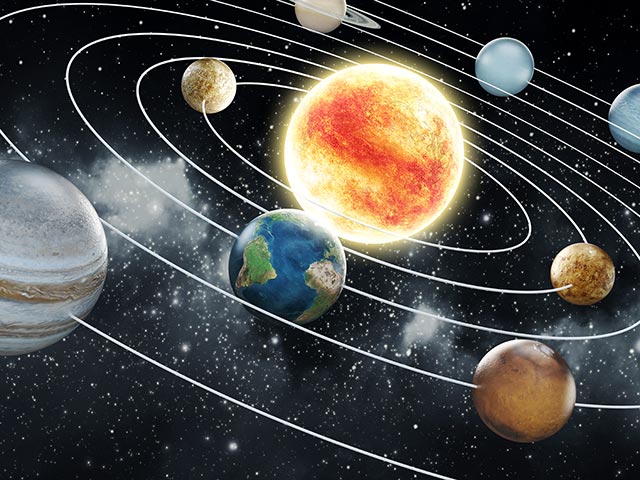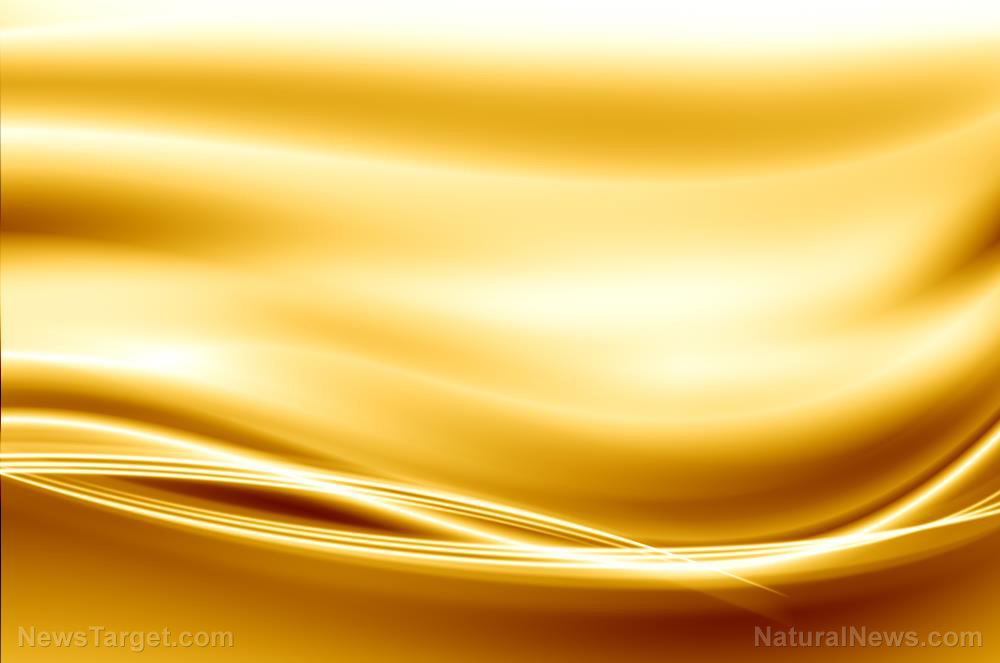“Potentially hazardous” asteroid that flew by the Earth last week was discovered by amateur astronomer
09/16/2020 / By Franz Walker

On Sept. 10, a large, “potentially dangerous” asteroid safely passed by the Earth. Measuring roughly 3,280 feet wide, asteroid 2020 QU6 was large enough to cause global catastrophe had it actually impacted the planet.
What’s more worrying, however, are the circumstances behind 2020 QU6’s discovery. The asteroid wasn’t discovered by national space agencies but by amateur astronomer Leonardo Amaral at the Campo dos Amarais Observatory near Sao Paulo, Brazil.
NEO found by Brazillian astronomer
Tracking near-Earth objects (NEO), such as asteroids, is usually the purview of space agencies such as the National Aeronautics and Space Agency (NASA). However, asteroids such as 2020 QU6 that are missed by these agencies serve as a stark reminder of just how limited their capacity to detect these compared to how many NEOs are actually out there.
According to The Planetary Society, 2020 QU6’s discovery, just weeks before it flew by Earth, shows the importance of supporting ground-based astronomers like Amaral.
“In the news, we hear more and more frequently about asteroid discoveries primarily because we are getting better at finding and tracking near-Earth asteroids,” said Bruce Betts, chief scientist at The Planetary Society, in the statement. “There aren’t suddenly more asteroids, we’re just getting better at seeing them.”
Part of the reason it’s important to support ground-based astronomers like Amaral is down to location. The majority of professional asteroid-hunting sky surveys are located in the Northern Hemisphere. There are a lot fewer people looking out for asteroids in the Southern Hemisphere where Amaral is based.
It’s partly for this reason that The Planetary Society gave Amaral a grant of $8,500 to purchase better telescope equipment that would allow him to find, track and characterize NEOs much more effectively.
The grant seems to have worked, allowing Amaral to eventually find 2020 QU6 in August.
“This discovery reminds us that even though we’ve found most large NEOs we haven’t found all of them,” said Casey Dreier, chief advocate and senior space policy adviser for The Planetary Society, in a statement.
In the same statement, Dreier called for more support for ground-based astronomers like Amaral, while also noting the importance of investing in no space-based capabilities, such as NASA’s NEO Surveillance Mission, a large space telescope designed to find and track NEOs.
More NEOs flew by this month
2020 QU6 wasn’t the only asteroid that flew near the Earth in recent days. On Monday, September 14, asteroid 2020 QL2 also flew by our planet. While 2020 QL2 was smaller than 2020 QU6 at only 390 feet in diameter, NASA still classified the rock as potentially dangerous.
Prior to that, a smaller asteroid, slightly bigger than a basketball court also flew by the Earth on Sept. 1.
To increase its ability to detect NEOs and better prepare the U.S. for them, NASA presented a national preparedness strategy and action plan in 2018.
“Implementing the National Near-Earth Object Preparedness Strategy and Action Plan will greatly increase our nation’s readiness and work with international partners to effectively respond should a new potential asteroid impact be detected,” stated NASA’s planetary defense officer Lindley Johnson.
The plan has outlined five goals; these are to enhance detection, improve prediction modeling, develop technologies for deflecting NEOs, establish new NEO impact emergency procedures and action protocols and boost international cooperation.
According to Johnson, there are over 18,300 identified NEOs, with 8,000 of them estimated to be over 100 meters. These represent about 95 percent of asteroids large enough to cause widespread damage, with none of them posing any imminent threat. With the possible damage that just a single impact can cause, however, being able to find and track the remaining five percent remains an important priority for both NASA and other experts involved in tracking NEOs.
Follow Space.news for more on NEOs and the possibility of them hitting the Earth.
Sources include:
Tagged Under: Asteroid, asteroid impact, asteroid watch, disaster, Earth, impact, NASA, near-Earth objects, Neo, outer space, Space, space research
RECENT NEWS & ARTICLES
COPYRIGHT © 2017 DISCOVERIES NEWS

